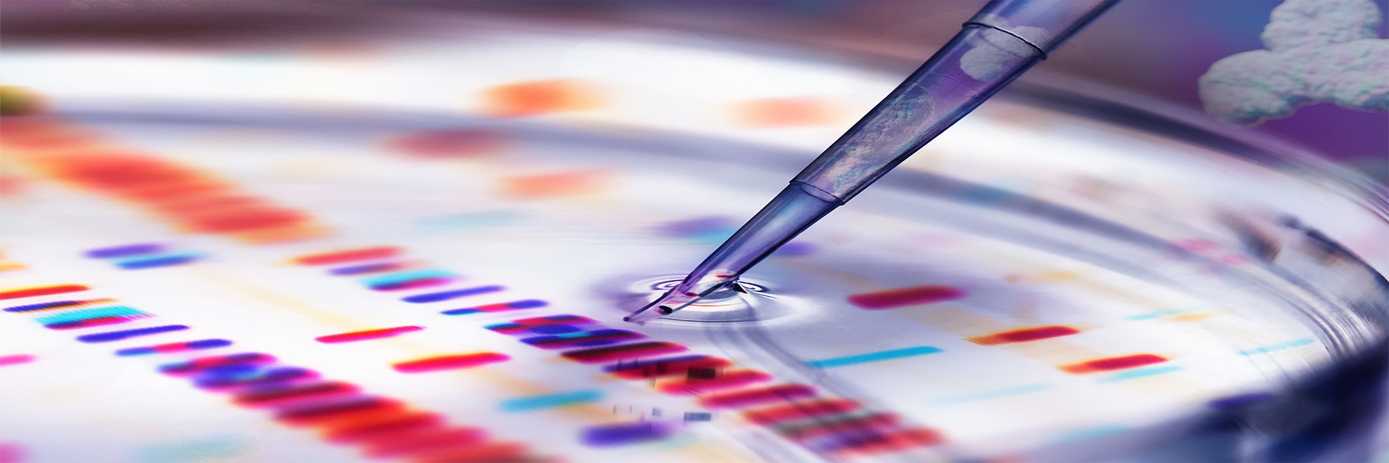Over the last three decades we’ve seen significant advances in the development and commercialization of therapeutic antibodies across numerous indications, including many cancers, as well as infectious, autoimmune, and metabolic diseases. During this time, the industry has grown exponentially and is now valued at billions of dollars.
The first monoclonal antibody was approved by the FDA in 1986, and the agency has since given the nod to approximately 100 monoclonal antibody (mAb) products for medical use. Antibody engineering has continued to evolve over the years, and current antibody treatments have increasingly fewer adverse effects due to their high specificity.
The rise of bispecifics
Recently, a new class of antibodies, known as bispecific antibodies (bsAbs), has emerged as the next generation of antibody therapeutics. Unlike mAbs, which are symmetric and monospecific with two identical heavy-light chain polypeptide chains binding to the same epitope, bsAbs are engineered to have two separate antigen binding sites. This means they can bind two different targets or two distinct epitopes on the same target.
Common formats of bsAbs include the single-chain variable fragment (scFv)-based (no Fc fragment) and the full-length IgG-like asymmetric antibody. The development of increasingly complex bsAbs, with defined structural, biochemical, functional, and pharmacological properties, has been driven by improved protein engineering and manufacturing techniques.
To quantify antibody-target interactions and obtain functional profiles, binding assays are commonly required by the regulatory agencies, especially for therapeutic antibodies. Indeed, successful bsAb development requires careful selection and optimization of both Fab arms’ independent binding affinity, and thousands of pairs may be screened during early lead generation. Data is leveraged to predict efficacy and potency, assess critical quality attributes (CQAs), and improve antibody design.
AlphaPlex™: at the forefront of bsAb therapeutic design
Traditional single-target, single-readout binding assays via ELISA, surface plasmon resonance (SPR), and biolayer interferometry (BLI) platforms have limited usefulness for bsAb characterization and often double researchers’ workload, while failing to directly capture dual affinities.
To address these deficiencies, researchers from AstraZeneca have developed a novel, rapid, no-wash immunoassay for simultaneous measurement of bsAb target binding.1 The assay, which uses AlphaPlex technology, eliminates traditional ELISA wash steps and reduces repetitive benchwork.
Led by Elizabeth Christian, the team designed and tested the application of AlphaPlex to accurately measure and quantify simultaneous, dual antigen binding of bsAb in solution. The assay was developed for an IgG-like DuetMab, which binds target antigens PD-1 and CTLA-4.
Analysis revealed the assay demonstrated 99-107% accuracy within a 50-150% linear range and detected over 50% binding degradation from photo and thermal stress conditions. Writing in the Journal of Immunological Methods, the authors said: “To the best of our knowledge, this is the first instance of using AlphaPlex technology to measure binding affinities of a bsAb to multiple target antigens simultaneously within the same assay solution.”
References:
- Christian E, Hussmann G, Babu M, Prophet M, Mazor Y, Chen W et al. A single homogeneous assay for simultaneous measurement of bispecific antibody target binding. Journal of Immunological Methods. 2021;496:113099.
For research use only. Not for use in diagnostic procedures.

































